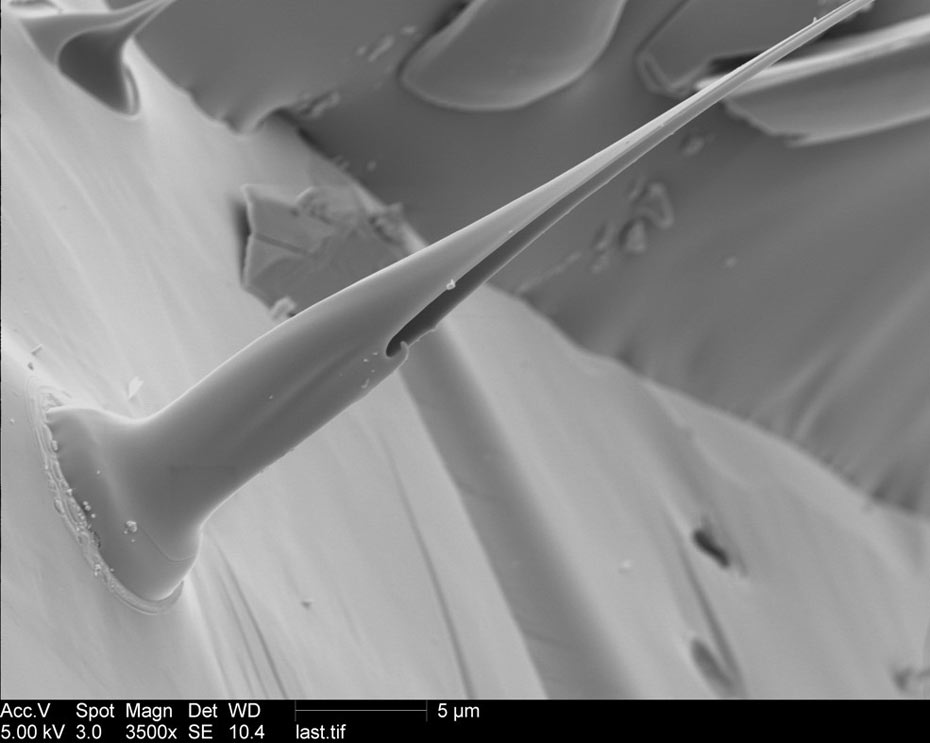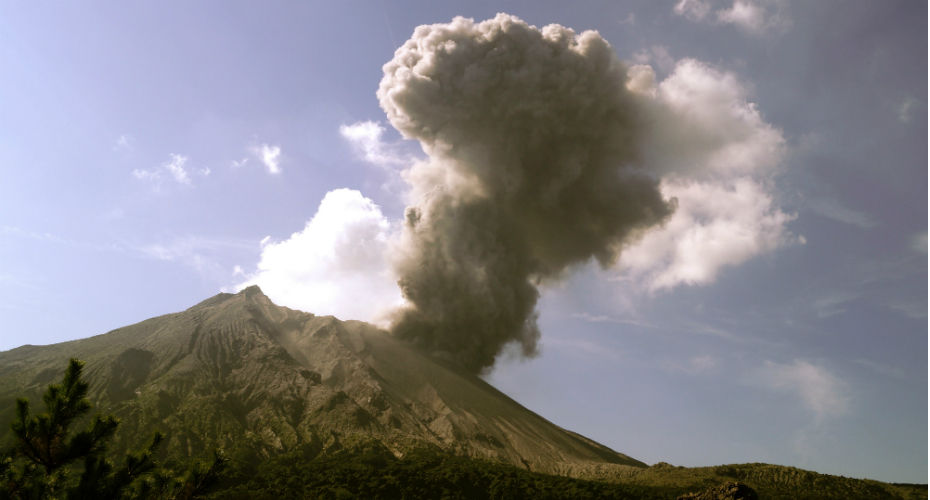Active Earth
Our Active Earth research group encompasses multi-disciplinary exploration into volcanology, geophysics, natural hazards, and geothermal processes. We address global challenges around clean energy supply and hazard forecasting, risk, and resilience, while collaborating with industry partners, other research groups, and volcano observatories to deliver high-impact interdisciplinary projects.
Group members
- Dr Ben Williamson – Associate Professor in Applied Mineralogy
- Dr James Hickey – Lecturer in Geophysics
- Dr Robin Shail – Senior Lecturer in Geology
- Dr Hannah Hughes – Lecturer in Exploration and Mining Geology
- Dr Joe Pickles – Electron Microprobe Specialist
- Professor John Coggan – Associate Professor in Geotechnical Engineering
- Dr Ola Zawalna-Geer – Research Fellow
- Dr Kate Taylor Smith - Research Fellow
- Dr Chris Yeomans – Research Fellow
- Mr Matthew Head – PhD student
- Mr Chris Dalby – PhD student
- Mr Rami Alshembari - PhD student
- Mr Alex Johnson - MByRes student
- Mr Robert Backhurst - MByRes student
Projects
Sakurajima is Japan’s most active volcano, situated on the southern rim of Aira caldera, on the island of Kyushu. Regular small eruptions belie the volcano’s fierce past, including regular Plinian eruptions, the latest of which in 1914 killed 58 people and caused widespread flooding. This ambitious project aims to combine insights from geophysical and geochemical monitoring with those from igneous petrology to unravel the processes dictating eruption size and link them to precursory monitoring signals for improved eruption forecasting. The work is carried out alongside scientists from the Sakurajima Volcano Research Centre, part of the University of Kyoto, and uses a range of multi-disciplinary techniques.

An eruption of Sakurajima volcano, viewed from the nearby city of Kagoshima
Please contact Dr James Hickey for further information
Tungurahua is a steep, active stratovolcano in Ecuador, South America, that has been in a sequence of eruptive activity since 1999. This volcano has a history of catastrophic flank collapse, the latest of which destroyed the west flank 3000 years ago. Current volcanic unrest includes significant surface deformation and uplift restricted to the same west flank. This project aims to link these two phenomena using remote sensing, field work and numerical modelling, to establish any potential relationships and develop a hazard assessment. It is being conducted in collaboration with the University of Bristol, Instituto Geofísico in Ecuador, and the NERC Centre for Observation and Modelling of Earthquakes, Volcanoes and Tectonics (COMET).

The bottom of the west flank of Tungurahua volcano
Please contact Dr James Hickey for further information.
Cornwall and Devon have locally high surface heat flows associated with elevated levels of U, Th and K within the granites of the Cornubian Batholith. It is the most prospective area in the UK for the development of deep geothermal energy. We are working on a number of projects to explore this potential resource, and it forms one of the strategic priorities for Cornwall Council.
Please contact Dr Robin Shail for further information.
Ben Williamson from Camborne School of Mines, together with researchers from the University of Durham, has been analysing pockets of melt (solidified to glass, see photo) trapped in plagioclase and quartz which burst due to decompression as a result of the eruption of the Soufrière Hills volcano, Montserrat. The study provides important insights into the effects and timing of decompression in the volcanic edifice and the switch from benign magma emplacement to more hazardous explosive eruptions. The results have been published in Earth and Planetary Science Letters.

Scanning electron photomicrograph of a burst pocket of melt (now glass) on the fractured surface of a plagioclase crystal (field of view 35 microns).
Please contact Dr Ben Williamson for further information.
Formation of cristobalite within lavas may affect the stability of explosive volcanoes and increase the toxicity of volcanic ash. Ben Williamson from Camborne School of Mines, and colleagues from the University of Durham, Natural History Museum, and Brighton and Sussex Medical School, have published a paper in the Bulletin of Volcanology detailing the nature and formation of cristobalite in lavas from the Soufrière Hills volcano, on the Caribbean island of Montserrat.
They found that cristobalite (a mineral with the same chemistry as quartz but a different crystal structure) is not part of the original lava but precipitates from volcanic glass or vapour to fill pores within the lava structure. This could help strengthen the lava so making it less likely to form a pyroclastic flow. However, conversely, by blocking the pore structure its presence could cause pressure to build up inside the volcano increasing the likelihood of eruption. Moreover, the inhalation of volcanic ash containing cristobalite is potentially hazardous to human health, as explained in a previous paper by the same team published in Particle and Fibre Toxicology.
More information on the mechanisms of eruption of the Soufrière Hills volcano has also been published by Ben and colleagues in Earth and Planetary Science Letters.

Scanning electron photomicrograph of a cristobalite crystal within a vesicle in volcanic rock from Montserrat (field of view 0.05 mm).
Please contact Dr Ben Williamson for further information.
How do rocks outburst or release gas? We’re interested in the mechanisms controlling degassing of rocks at a mineralogical scale, and how this could inform hazard mitigation strategies (either underground in a mine, or at surface). For example, lamprophyre dykes represent a serious hazard to mining excavations and developments in some areas of the Bushveld Complex. Falls of ground, catastrophic blow-outs and wall rock failures caused by explosive gas pockets are known to occur. Through our work on the composition and mineralogy of the lamprophyre dykes, we can contribute pragmatic feedback to the mining industry with applied mineralogical advice.
Please contact Dr Hannah Hughes for further information.

